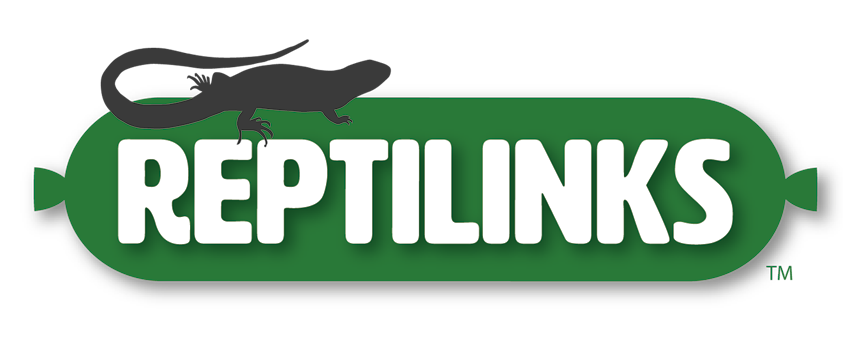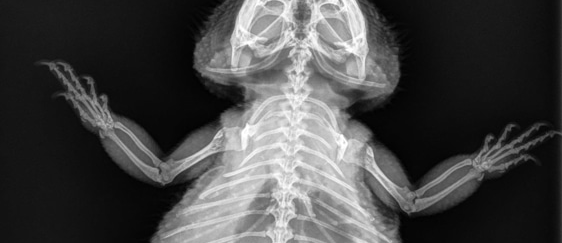If you are a reptile keeper, odds are you have heard of Metabolic bone disease (MBD), but do you understand what it is and how it happens? MBD is something no keeper wants their animals to have to experience, but the good news is once you are aware of how it is prevented, it is easily avoided!
So what is Metabolic Bone Disease?
Metabolic bone disease is when an animal experiences weakening of their bones due to causes such as poor nutrition or lack of proper UVB levels, which in turn results in a lack of calcium being absorbed by the body. Without enough calcium to make them strong, the animal’s bones will bend and break just by doing normal everyday functions. Other symptoms of MBD can include swelling of the jaw and limbs, or “rubber jaw syndrome”, muscle tremors, paralysis, and other internal complications, such as nerve damage and organ failure.
How does MBD happen?
There are four main components of care that work together to aid in keeping your reptile healthy and MBD free; Calcium, Phosphorous, UVB, and Vitamin D3. Now that we have those four things in mind, let's break it down.
Calcium to Phosphorus Ratio
Reptiles should be getting a calcium to phosphorus ratio of 2:1 in their diet. This is a commonly recommended ratio for vertebrates in order to build and maintain healthy bones. Too much phosphorus will inhibit the body's ability to absorb the appropriate amount of calcium it requires to function. If reptiles don’t receive enough calcium, their body will instead pull calcium from their bones, leaving them weak and subject to breakage.
Vitamin D3 and UVB
Another common cause of MBD is inadequate amounts of UVB exposure in relation to vitamin D3. The absorption of UVB through the skin initiates the synthesis of vitamin D3, which is critical as vitamin D3 is responsible for assisting the body in maintaining healthy calcium to phosphorus ratios and helping the body absorb calcium properly and effectively. Without the necessary exposure to proper UVB levels, the body will not be efficient in its creation of Vitamin D3, therefore less calcium will be able to be absorbed and used.
How does this work if you have an animal that does not require UVB? Vitamin D3 can be found in the kidney and liver of other vertebrates that you may be feeding as prey, but if your reptile isn’t being fed a whole prey diet, you will need to dust your animal’s meals with reptile supplements that have D3 in them. Take caution to follow supplement instructions so you do not overdose your reptile with the vitamin.
How do I prevent MBD?
The best way to prevent metabolic bone disease is to make sure you have done enough research on your reptile's care requirements, and that you are meeting those needs. This means making sure you are providing a nutritional diet with the proper calcium to phosphorus ratio, whether through whole prey items, checking the Ca:P of your vegetation if you have herbivores or omnivores, and/or utilizing calcium supplements for reptiles.
Additionally, make sure that you are providing accurate and high quality lighting to your reptiles. Do you know which Furguson zone your species belongs in and how to meet this need using UVB? Don’t forget that screen will block out some of your UVB exposure, so you’ll want to account for that as well. Also note the lifespan of your bulb. Some only last six months and others are advertised for a whole year. It is important that you stay on top of this, because the levels of UVB a bulb puts out will drastically reduce to nothing overtime, but the light itself will still turn on and appear to be functioning. A solarmeter is a great tool to have on hand to test the output of your UVB bulbs to make sure your animal is getting what it needs.
If you can, getting your reptiles outside in the sun is the best form of UVB. There is nothing quite like being exposed to the real thing. You can build outdoor enclosures, or provide supervised time outside. Just make sure that your animal still has access to shade and water should they need it.
What to do if I suspect my reptile has MBD?
The most important thing to do if you suspect that your reptile has metabolic bone disease is to take them to a vet. MBD is not reversible, but depending on the intensity of the reptile's condition, it can be possible to stop it from advancing and getting worse. In severe cases, euthanasia may be necessary if the animal's quality of life comes into question, however if caught early and the cause of the problem is addressed and fixed, it is possible for an animal with MBD to restrengthen their bones and go on to continue living their lives.

